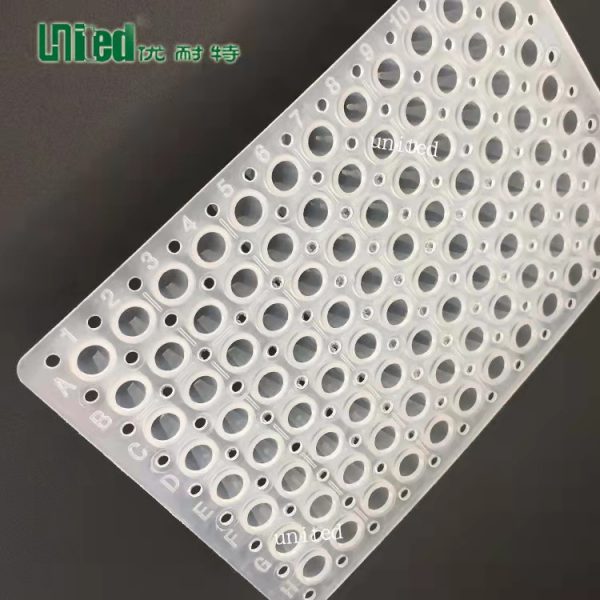
Liu NK, Xu XM (2012) Neuroprotection and its molecular mechanism following spinal cord injury. Yang L, Conley BM, Cerqueira SR, Pongkulapa T, Wang S, Lee JK, Lee KB (2020) Effective modulation of CNS inhibitory microenvironment using bioinspired hybrid-nanoscaffold-based therapeutic interventions. This study revealed that the inflammatory chemokine CCL2 can regulate the inflammatory response of PC-12 cells through the PI3K/Akt signaling pathway, and blocking the expression of the inflammatory chemokine CCL2 may be a promising strategy for the treatment of secondary injury after SCI. In contrast, when PI3K activators were used, the inflammatory response was enhanced, indicating that the CCL2-PI3K/Akt signaling pathway plays a key role in the regulation of the inflammatory response. The PI3K/Akt signaling pathway was blocked by PI3K inhibitors, and the downstream inflammatory response was suppressed. Through data mining, we found that the inflammatory chemokine CCL2 and PI3K/Akt signaling pathways after SCI expression were significantly increased, and after peroxide stimulation of PC-12 cells with CCL2 knockdown, their downstream cellular inflammatory factor levels were decreased. CCL2 expression was knocked down using small interfering RNA (si-CCL2), and PI3K signaling pathway inhibitors and activators were used to validate and observe the changes in downstream inflammation.


This was followed by stimulation of PC-12 cells using hydrogen peroxide to construct a cellular model of SCI. In the present study, we performed bioinformatic analysis of SCI datasets GSE464 and GSE45006 in the Gene Expression Omnibus (GEO) public database and experimentally validated CCL2 expression in an animal model of SCI. Spinal cord injury (SCI) is a common clinical problem in orthopedics with a lack of effective treatments and drug targets.


 0 kommentar(er)
0 kommentar(er)
